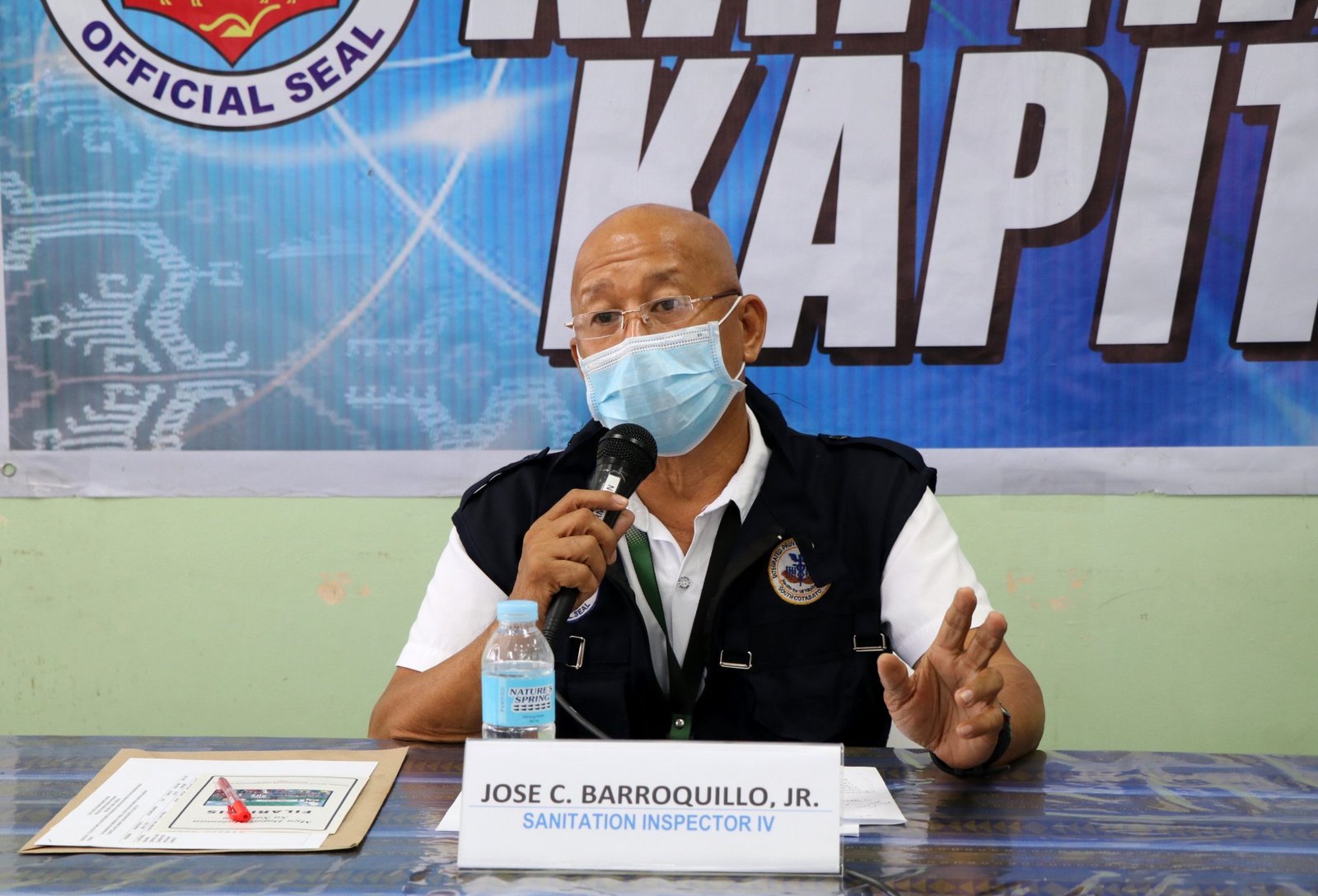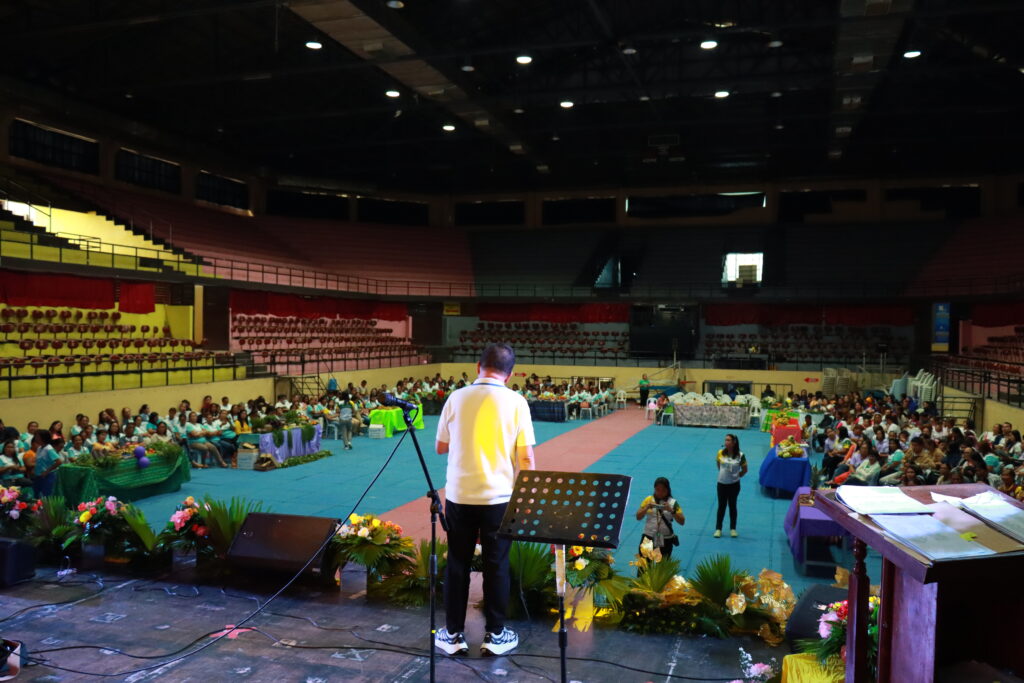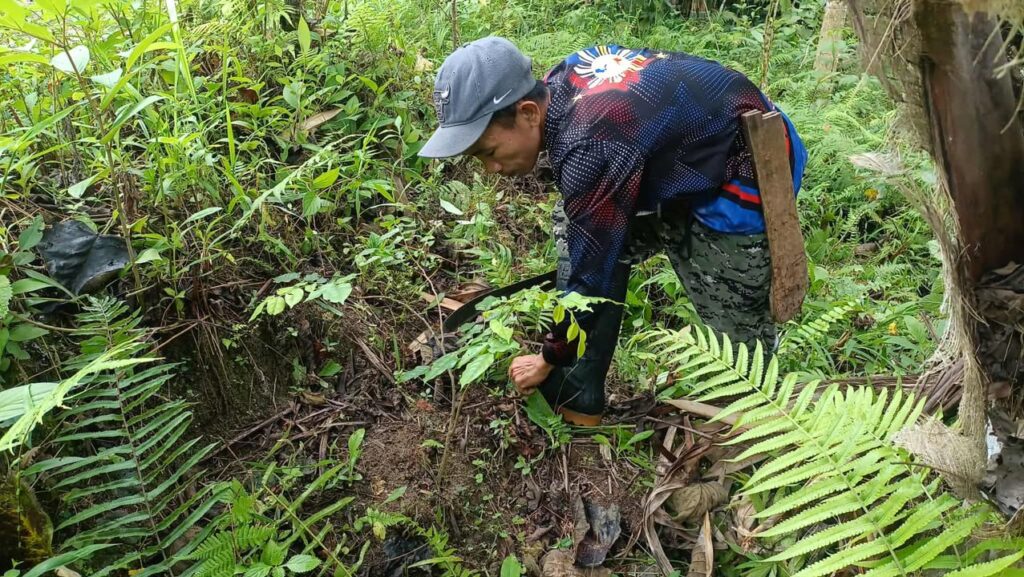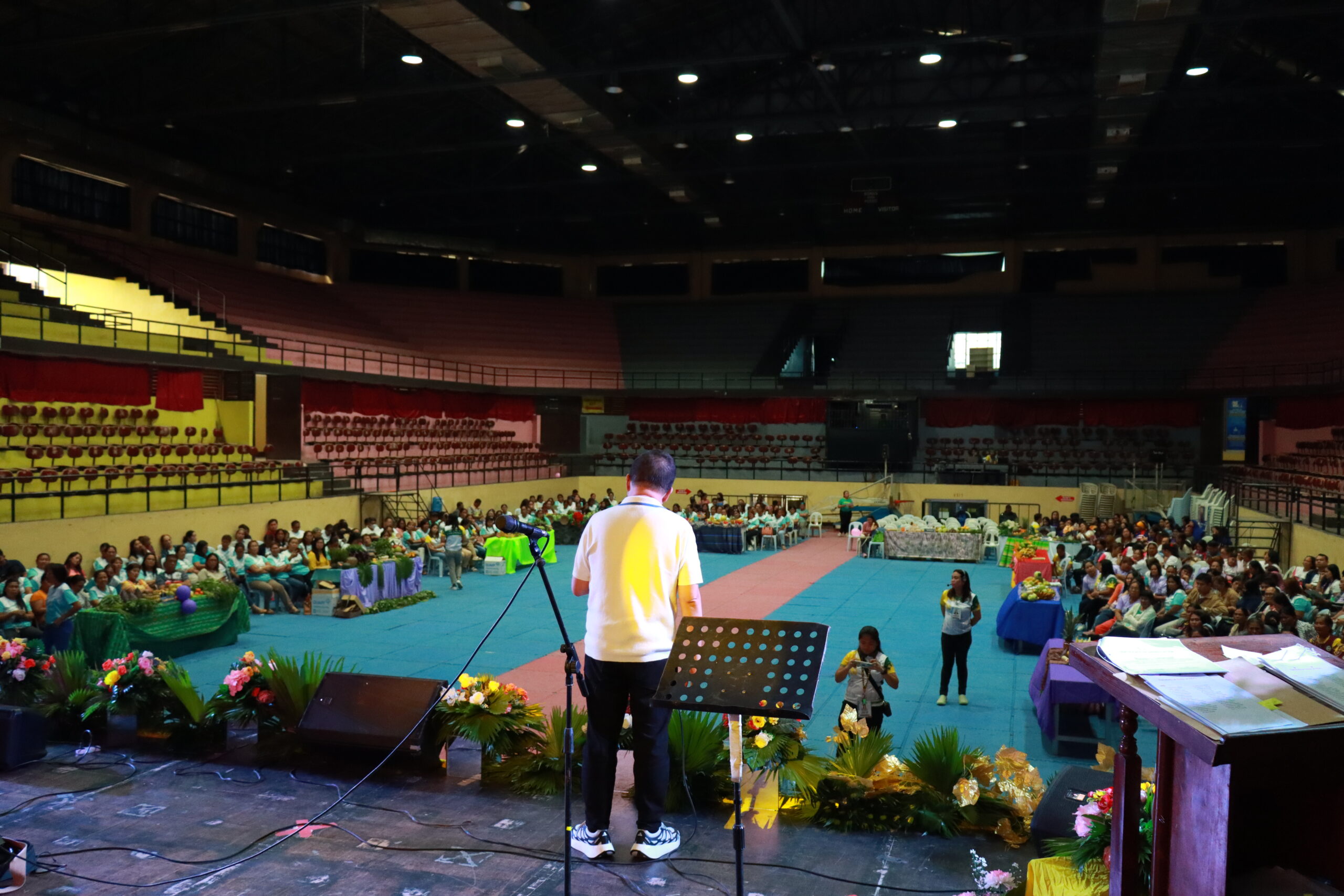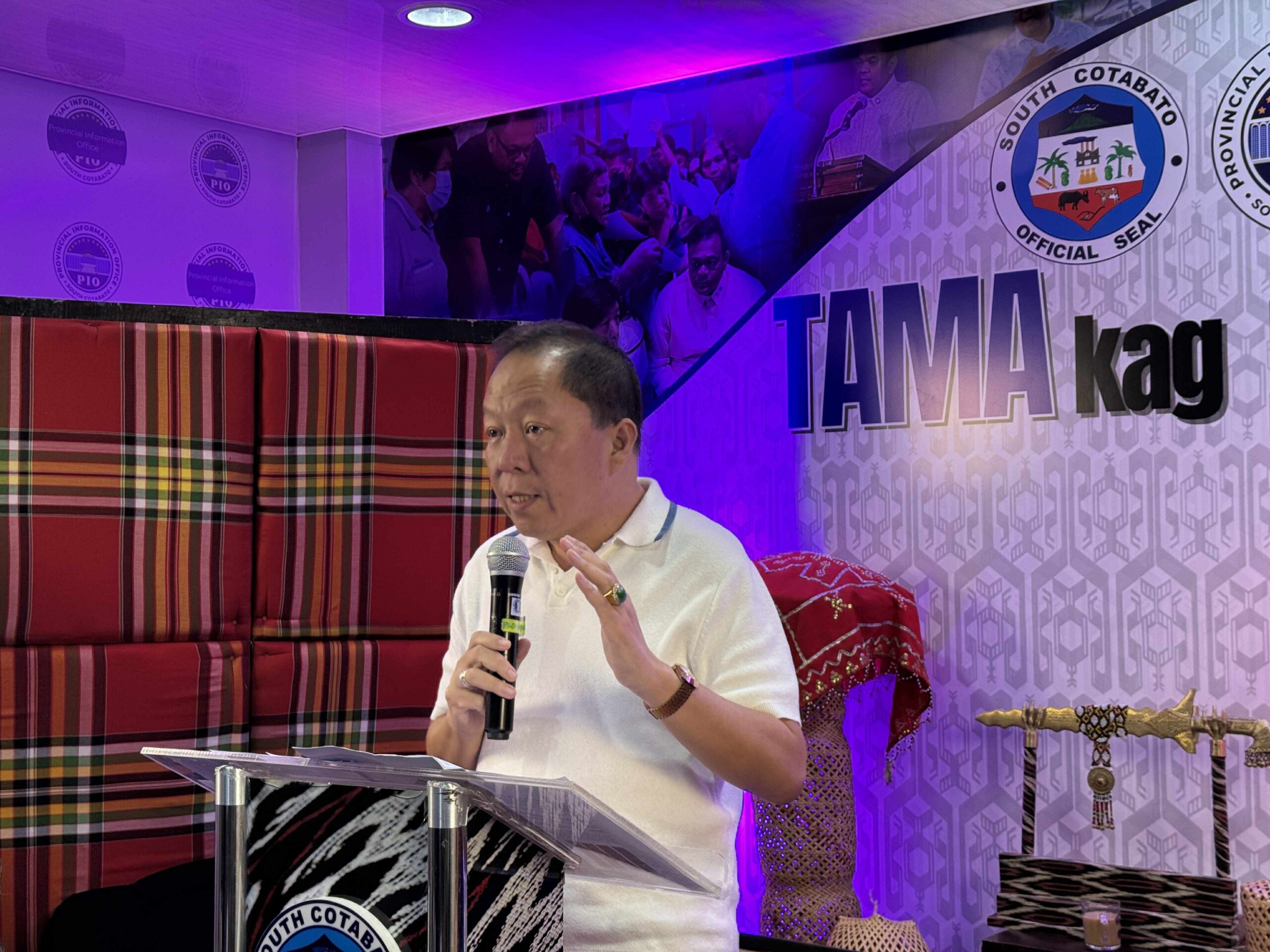Koronadal City, South Cotabato – The Provincial Government of South Cotabato, through its Integrated Provincial Health Office (IPHO), has been actively implementing activities and interventions to prevent malaria and filariasis cases in the province.
In celebration of the Filariasis and Malaria Awareness Month in November, the Provincial Information Office (PIO) held a Kapihan sa Kapitolyo Press Conference with Sanitation Inspector IV Jose C. Barroquillo, Jr. and Health Education & Promotion Officer II Hannah G. Ebeo, RN as speakers, on November 11, 2020, to discuss the provincial government’s measures against these mosquito-borne diseases.
“Sa gitna ng krisis ng COVID-19 sa probinsya, patuloy ang ating pag-implement ng mga health programs sa buwan ng Nobyembre, ang Filariasis and Malaria Awareness Month. Sa panahon ng pandemya at krisis, tuloy pa rin ang serbisyo kontra filariasis. Let us control and eliminate malaria despite this pandemic,” Ebeo said in her opening statement.
Filariasis, according to the National Organization for Rare Disorders (NORD), is an infectious tropical disease caused by any one of several thread-like parasitic round worms. The two species of worms most often associated with this disease are Wuchereria bancrofti and Brugia malayi.
The larval form of the parasite transmits the disease to humans by the bite of a mosquito. In the early stages of the infection, the patient characteristically complains of fever, chills, headaches and skin lesions.
Any one of several antiparasitic agents may be effective in eliminating the worm. However, if the disease is left untreated, obstruction of the lymph flow will cause particular areas of the body especially the legs and external genitals, to swell profoundly.
In 2013, the Province of South Cotabato was declared to be malaria-free. Despite this assurance of zero cases of malaria in the province, the IPHO and municipal health offices continued to conduct activities in their respective municipalities against malaria and filariasis.
Several interventions, mitigating actions, interventions, such as vector control and surveillance activities were performed, such as indoor residual spraying, distribution of mosquito nets, and case finding through nocturnal blood smearing.
Vector control is any method to limit or eradicate the mammals, birds, insects or other arthropods (here collectively called “vectors”) which transmit disease pathogens.
Meanwhile, nocturnal blood smearing is done during nighttime, since species that cause lymphatic filariasis have microfilarial levels that tend to peak at night, so it is recommended to collect samples between 10:00 pm and 2:00 am. For loiasis, microfilariae levels peak between 10 am and 2 pm. Capillary finger-prick or venous blood is used for thick blood films.
In addition, the 10-minute Filariasis Test Strip (FTS) was also done. The FTS is a new point-of-care rapid diagnostic test designed to detect in human blood the antigen of the major species of filarial worm (Wuchereria bancrofti) that causes lymphatic filariasis, stream clearing in different sitios identified as filariasis-prone areas.
Through these initiatives, the Provincial Mosquito-borne Disease (MBD) Team was able to discover that there are certain places in the province where there are filariasis cases, particularly in far-flung barangays. Thus, confirmed positive cases were immediately detected and patients were therefore treated.
From January to October 2020, one hundred twenty six (126) noctural blood smearing tests and six hundred fifty one (651) FTS were conducted in priority sitios. Out of these, fifty six (56) patients turned out positive for filariasis, but they were immediately treated, since the team brings with them medicines and treatment during the conduct of the testing. Out of the 56 confirmed positive patients, two (2) of them experienced inflammation, pain and swelling of the testes (orchitis).
The provincial government, through the active support of barangay officials, municipal health offices, and the partnership with the Barangay Affairs Unit (BAU) through its Community Convergence Team, the two (2) mentioned patients were able to undergo the required hydrocele repair all for free. Hydrocele repair is a surgery to correct the swelling of the scrotum that occurs when you have a hydrocele. A hydrocele is a collection of fluid around a testicle.
“This is one of our biggest accomplishments. Matagal nilang tinago ang kanilang sitwasyon dahil nung una ay nahihiya sila. Ngunit dahil sa ating pag-educate sa kanila tungkol sa sakit na filariasis at ang posibleng lunas para dito, at upang wala na rin silang mahawaan pa, sila ay lubusang nagamot ay ngayon ay gumaling na,” Barroquillo said.
The team also provided Insecticide-treated bed nets (ITNs) to all the infected sitios per household.
ITNs are a form of personal protection that has been shown to reduce malaria illness, severe disease, and death due to malaria in endemic regions. In community-wide trials in several African settings, ITNs were shown to reduce the death of children under five (5) years from all causes by about 20%.
Bed nets form a protective barrier around people sleeping under them. However, bed nets treated with an insecticide are much more protective than untreated nets.
“Filariasis is not a seasonal disease. It may occur during the rainy and dry seasons. Because of climate change, our mosquito-borne diseases are affected like malaria and dengue, considering that rainy seasons begin at the start of the year. So yung mga breeding sites, kung saan nangingitlog ang mga lamok ay hindi artificial, but natural plants like gabi, palawan, saging, abaca sa kabukiran. Diyan sila nangigitlog, at lumilipad for a number of kilometers. Hindi sila nangigitlog dito sa mga containers, sa ating communit. Kapag madalas umuulan, nakakaipon ng tubig ang ating mga tanim, at yan ang gustong breeding site ng mga lamok,” Barroquillo added.
Filariasis, as additionally defined by NORD, is a rare infectious tropical disorder caused by the round worm parasites (nematode) Wuchereria bancrofti or Brugia malayi. Symptoms result primarily from inflammatory reactions to the adult worms. Some people may also develop hypersensitivity reactions to the small larval parasites (microfilariae).
Filariasis is common disease in tropical regions of the world. The organism W. bancrofti is present throughout Africa, Asia, China, and South America. B. malayi is found in southern and southeast Asia. Filariasis is extremely rare in North America and occurs only when these organisms are imported from tropical regions. The infection is transmitted by several different types of tropical mosquitos which transfer the larval stage of the organism (microfilariae) from one host to another. Lymphatic filariasis affects about 120 million people worldwide.


